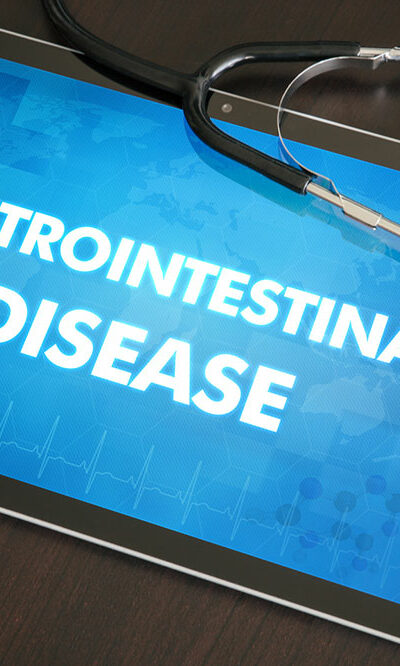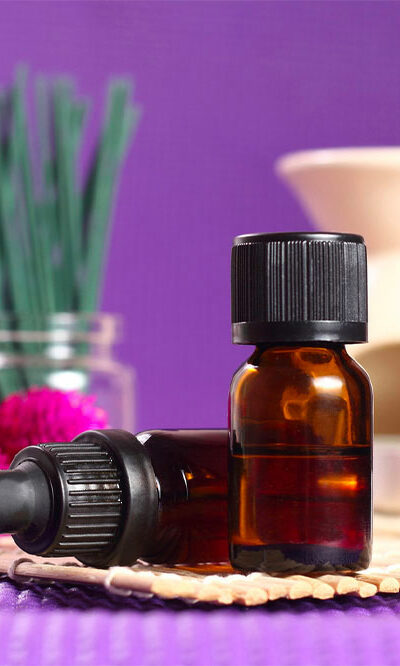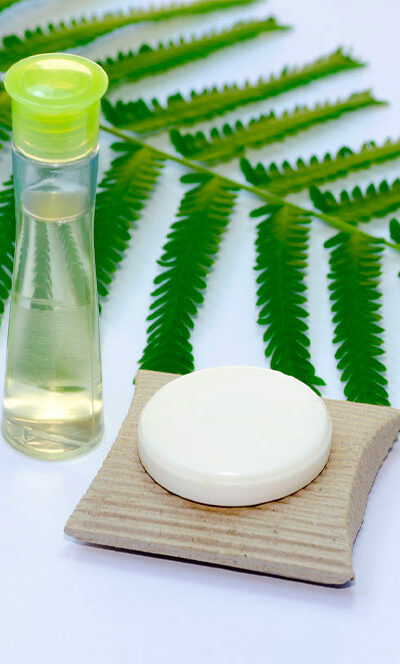
New and existing treatments for psoriatic arthritis
Know about the New and Existing Treatments for Psoriatic Arthritis Psoriatic arthritis is a chronic autoimmune disease that is a type of inflammatory arthritis. It causes a long-term condition in most people and may become worse with time, especially if left untreated. When the person suffering from this disease is not given proper treatment or when the treatment is prolonged, it can cause serious damage to the joints in the body. To avoid serious and permanent joint damages, it is important to get an early diagnosis. Learning and knowing the symptoms of psoriatic arthritis is hence important to get the right diagnosis and timely treatment. Psoriatic arthritis may develop post a psoriasis disease. Psoriasis is a skin disease that causes scaly patches that develops on the skin. Not all types of psoriasis lead to psoriatic arthritis; however, in some cases of psoriasis can lead to an onset of psoriatic arthritis. Psoriatic arthritis can affect any joint in the body. When psoriatic arthritis occurs in the spine, the condition is called spondylitis. It causes a stiffness in the neck or back, causing difficulty to the person while bending. People who have psoriatic arthritis may also get tender spots in the tendons. This causes a pain in the feet or the back of the heel. Most people fear a permanent joint damage that could be caused by psoriatic arthritis; however, it is not entirely true. Psoriatic arthritis can cause permanent joint damage; however, this can only happen when it is left untreated or when the treatment is provided too late. An early diagnosis and treatment can cure psoriatic arthritis and not cause any harm to the joint. There are different types of treatments available to cure psoriatic arthritis. To know about them, read on! Existing treatments for psoriatic arthritis Patients with psoriatic arthritis undergo several types of treatments, some of them include doses of over-the-counter (OTC) and prescription medicines.










